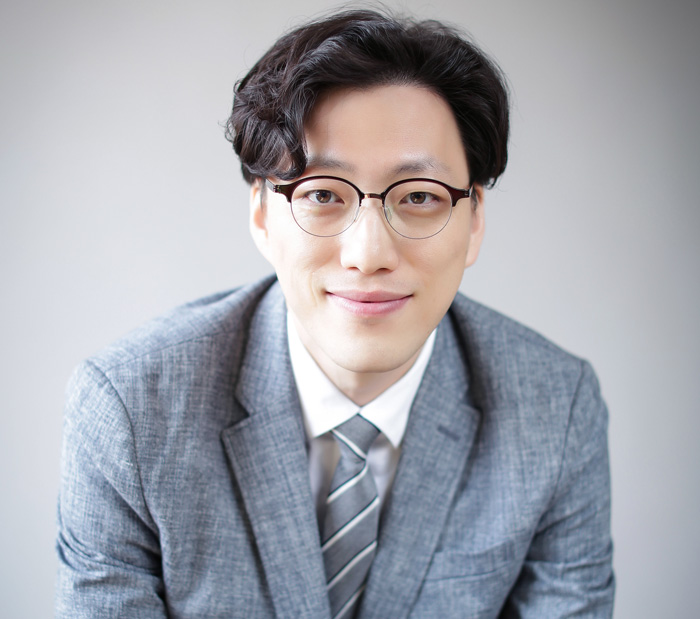Research Stories
Photomechanical Detachment and Retrieval of a Single Cell from Microfluidics for Downstream Analyses
A new technology to detach a single cell selectively and ‘safely’ from a cell culture substrate has been developed by Hyoung Won BAAC (Assistant professor of electronic and electrical engineering of SKKU, co-first author), Euisik YOON (Professor of electrical engineering and computer science of University of Michigan-Ann Arbor, corresponding author), and a team of researchers at the Univ. of Michigan, whose work has been published in ACS Nano 11, 4660 (2017).
Electronic and Electrical Engineering
Prof.
BAAC, HYOUNGWON
A new technology to detach a single cell selectively and ‘safely’ from a cell culture substrate has been developed by Hyoung Won BAAC (Assistant professor of electronic and electrical engineering of SKKU, co-first author), Euisik YOON (Professor of electrical engineering and computer science of University of Michigan-Ann Arbor, corresponding author), and a team of researchers at the Univ. of Michigan, whose work has been published in ACS Nano 11, 4660 (2017).
They developed a very useful experimental method, using a short pulse laser-based photomechanical effect in a carbon nanotube (CNT)-polymer composite film, and utilized it to study ultimate heterogeneity of cancer cells, i.e. a self-renewal process, in this work, which is a key characteristic to maintain unrestrained growth, metastatic capability, and drug resistance.
Cell detachment is being routinely performed every day in biology labs over the world, typically using chemical treatment, called trypsinization. However, this does not provide spatial selectivity when cells are chemically detached from a substrate. This also involves unwanted modification of cell membrane proteins and their properties, although it guarantees high cell viability. Other techniques using laser-induced ablation or tip-based physical removal are available with spatial selectivity and no chemical modification, but cell viability has been extremely low with these approaches so far.
The newly developed approach uses a photomechanical effect (laser-generated microbubbles and/or shear-forces) to detach cells placed on a laser focus which can be flushed out through a microfluidic channel for safe harvesting. It was confirmed that the retrieved cells exhibit not just high viability but also intactness of cell membranes. Furthermore, the cells could be analyzed in secondary stages: for example, gene sequencing or continued culture for proliferation of specific cells with heterogeneity. For the first time in a single cell level, the new method allowed to compare two different sister cells from a single mother cell; some genes are activated or deactivated in the sister cells; some cancer cells from an identical origin can be resistant to drugs.
“The new technique enables laser-precision selectivity together with cell viability. It is very practical and fundamental, which can be widely utilized for biology labs performing cell culture and analysis research,” said Prof. BAAC.

